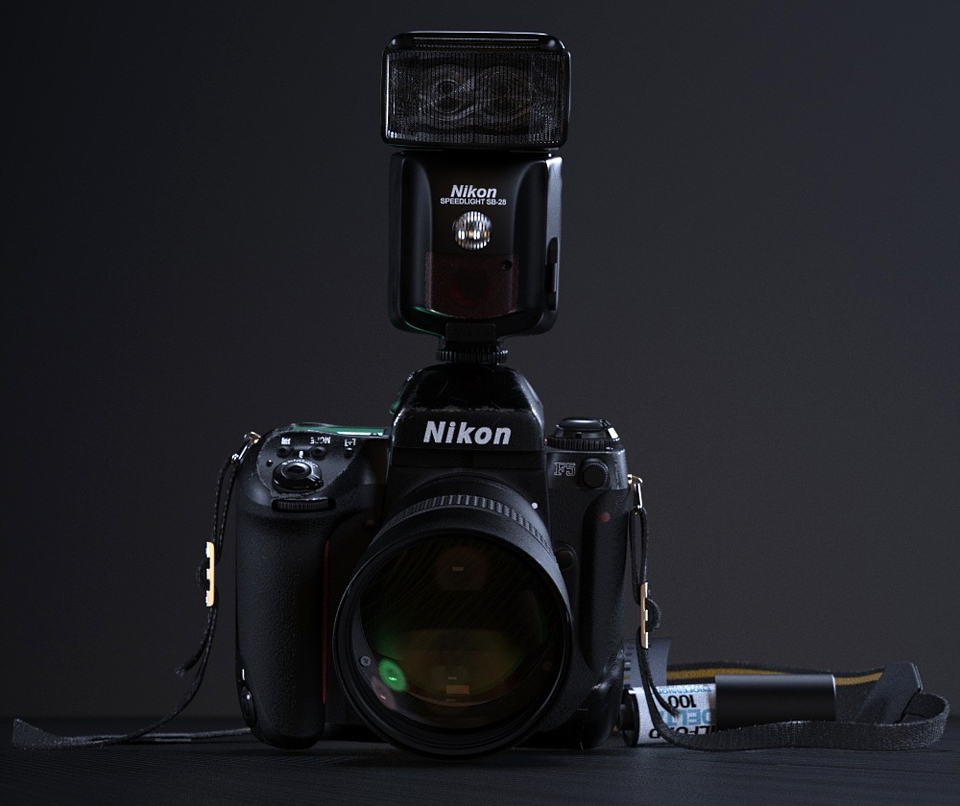
Courtesy of Yan Friedl
...
| Section |
|---|
| Column |
|---|
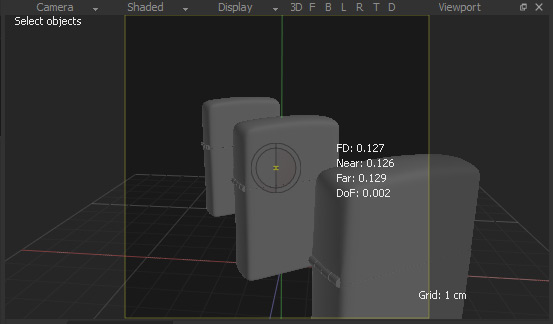
In the middle you can see the camera focus indicator - it will turn red if the camera target is in front of the object the camera sees, and will turn blue if the camera target is behind the object.FD: Focal Distance - the distance between the camera and the camera target
Near: the near plane, or the "beginning" of the DOF area
Far: the far plane, or the "end" of the DOF area
DoF: the depth of the area that will be in acceptable focus, in this case only 0.2mm |
| Column |
|---|
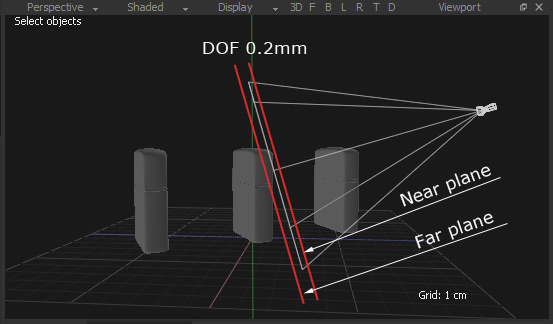
A side view to demonstrate the FD, Near, Far, DoF indicators| Tip |
|---|
Use Maxwell Fire to preview the DOF in your scene, while changing the Target Distance, F-stop, Focal Length in the Camera parameters |
|
|
...
Comparing two extremes, a very wide angle lens (15mm) and a "telephoto" lens (500mm):
| Section |
|---|
| Column |
|---|
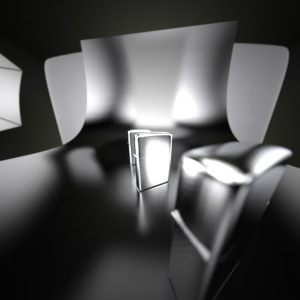
F-stop 5.6, 15mm focal length (extreme wide angle lens), notice the perspective distortion. |
| Column |
|---|
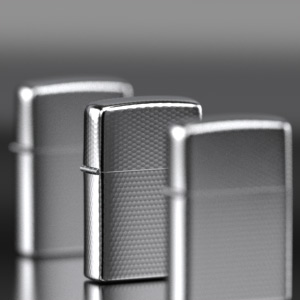
F-stop 5.6, 500mm focal length (telephoto lens), perspective is flattened. |
|
In the above examples, the camera with the wide angle lens setting was moved very close to the first Zippo and you can see that it still captures all the Zippos because of the extremely wide FOV. Notice also the perspective distortion that happens with such a wide angle lens - the objects seem more "stretched" and distorted, as when looking through a peephole. Also the distance between each Zippo becomes exaggerated. In contrast, the telephoto lens squashes, or flattens the perpective, it becomes difficult to tell exactly how far apart each Zippo is.
...




